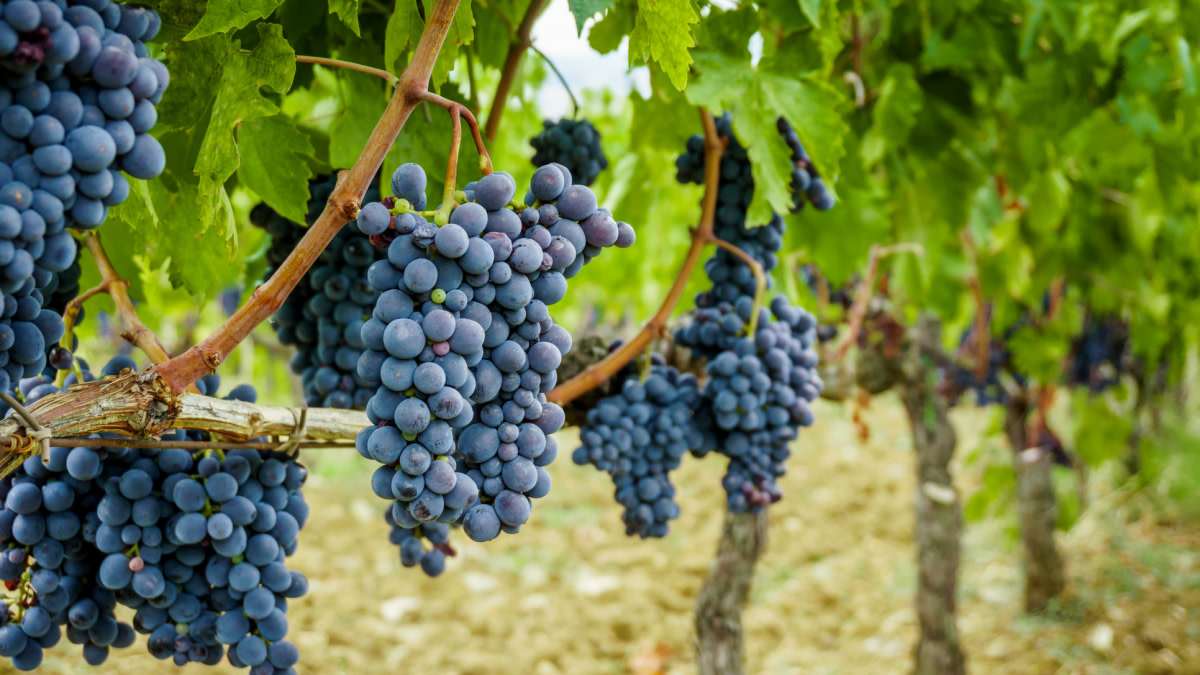
Biodynamic farming methods were born of a nearly century-long struggle to right the wrongs of conventional, chemical-laden agriculture. Biodynamics is, essentially, a system of farming that relies on a deep connection to the cycles of nature and the interdependency of soil, plants, water, animals, and the movement of the earth amongst the cosmos.
What is Biodynamic Agriculture? Biodynamic agriculture was the brainchild of Rudolf Steiner, an Austrian philosopher, architect, and social reformer, who gave a series of lectures to farmers in Silesia, Germany, (modern-day Kobierzyce, Poland) in 1924. Upon English publication, those lectures became known as the Agriculture Course. They focused on the deterioration of soil, crops, and livestock as a consequence of the introduction of synthetic fertilizers, which arose as a by-product of chemical warfare during World War I.
Steiner proposed a series of agricultural experiments which he initially called “anthroposophic agriculture.” The experiments tested whether his chemical-free and nature-centric form of agriculture could improve soil health through an intensive, holistic farming approach.
The Basics of Biodynamics The primary tenant of biodynamics is a closed-loop system that relies on plants, soil, livestock, and humans to feed and nurture each other within the footprint of an individual farm. The Demeter Association—the only globally recognized certifier of biodynamic farms—states, “since Biodynamic farming principally views the farm as a self-contained organism…individual fields or crops cannot be certified.” This closed-loop system necessitates the need for biodiversity and a robust cycle of life and death, decomposition and re-use, to build humus—the rich, dark top layer of soil essential for plant and mycorrhizal, or fungal, growth.
In biodynamics, as opposed to other practices such as organics or permaculture, this requires the presence of animals as a source of humus-growing material, from manure used as fertilizer to intestines, stomachs, and horns used as vessels for fermentation. The livestock found on biodynamic farms often includes heritage-breed chickens, pigs, and cows. Heritage breeds are better suited to their specific environments than conventional breeds, which have primarily been bred to exist on feedlots.
Biodynamic agriculture also requires the use of a series of compost and spray preparations, such as horn manure, yarrow compost, and horsetail tea. These preparations are made from plants and animals that live and grow on the biodynamic farm. The instructions for the preparations describe details such as which day of the lunar cycle is best for burying cow intestines filled with chamomile flowers and how long and in which direction a bucket of water must be stirred to create the correct energy flow. The idea behind following the lunar calendar is that the moon affects soil moisture and a plant’s water content just as it does the ocean’s tides.
Farmers often argue that while the efficacy of these preparations has not been scientifically verified, the creation and use of the preparations compel the farmer not only to maintain biodiversity, but to remain deeply in touch with the cycles of nature. This connection with the land, in turn, produces a more intimate and robust farming style that reaches beyond the bounds of scientific inquiry.
Biodynamics vs. Organics While biodynamic farms are always organic, the reverse is not true. Organic agriculture focuses on the use of natural inputs rather than synthetic or chemical applications. Biodynamics, on the other hand, goes a step further in requiring that all inputs come from the farm in the form of animal manure, compost, and natural pesticides such as the burnt remains of insects.
Biodynamic farming also bans the use of plastics that are often found in organic gardening in the use of hoop houses, irrigation methods, and mulching. Biodynamic farms and vineyards, certified by the Demeter Association, require all organic standards to be met. Certification also requires that 50% of animal feed be grown on the farm, and 10% of the land be set aside for biodiversity.
Biodynamic Applications While there are nearly 30,000 certified organic farms in the United States, the number of certified biodynamic farms has not seen significant growth. This is likely due to the strict regulations necessary for certification and the lack of support from the scientific community, specifically regarding the efficacy of the preparations. However, one area where biodynamics is prevalent and continues to grow is in vineyards. Winemakers believe that its location-focused methods lend themselves to a more profound sense of terroir in wines. As the natural wine movement grows, many vintners are converting vineyards to organic and biodynamic farming methods, both of which have been employed extensively in European vineyards for decades.
It should be noted that biodynamic agriculture, as well as regenerative, permaculture and organic agriculture, are not new techniques. The first farmers tens of thousands of years ago had no choice but to farm organically with the cycles of nature and the cosmos. Much of our understanding of natural farming systems comes from the Indigenous cultures that have maintained those agricultural traditions.
While it may not be possible for the home gardener to build a completely closed-loop farming system in their backyard, several biodynamic methods might prove useful in raised-bed tomatoes and back deck herb gardens. Learning to identify plants reduces the need for pesticides so you can recognize which plants are stealing water or nutrients and need to be pulled, as well as plants like clover that might be fixing an essential nutrient in the soil and can be left. Plant identification can also aid in inviting or deterring insects because certain plants can ward off pests. However, myriad flowers (like dahlias, calendula, and aster) attract native pollinators (who may also snack on those less-desirable bugs). Lastly, compost is at the core of biodynamics and can be made at home with leftover food and yard trimmings.










Conversation